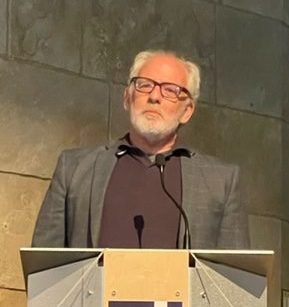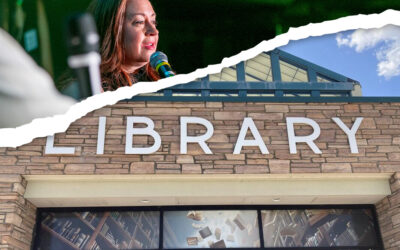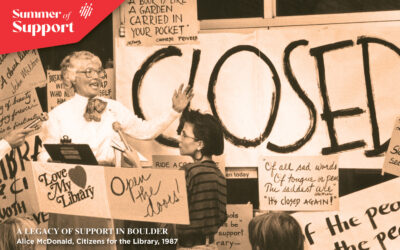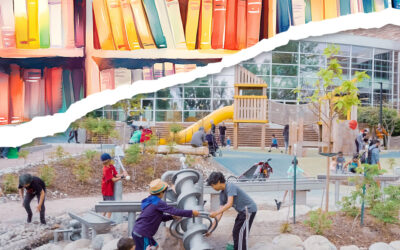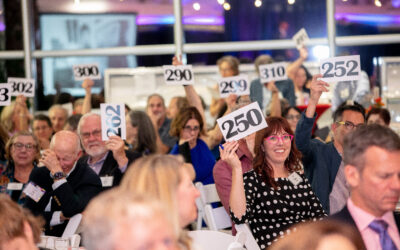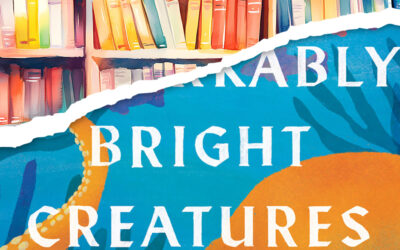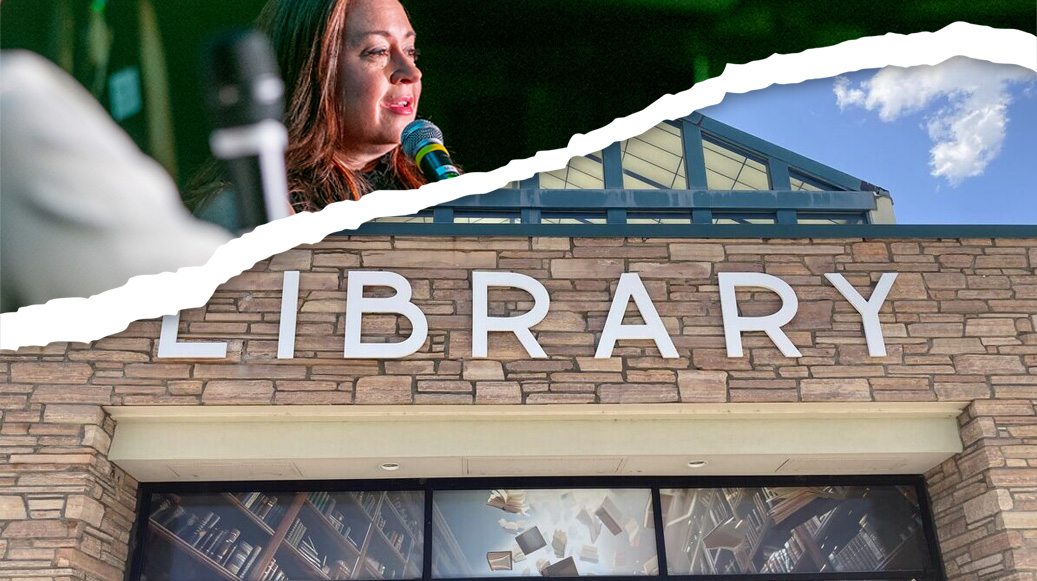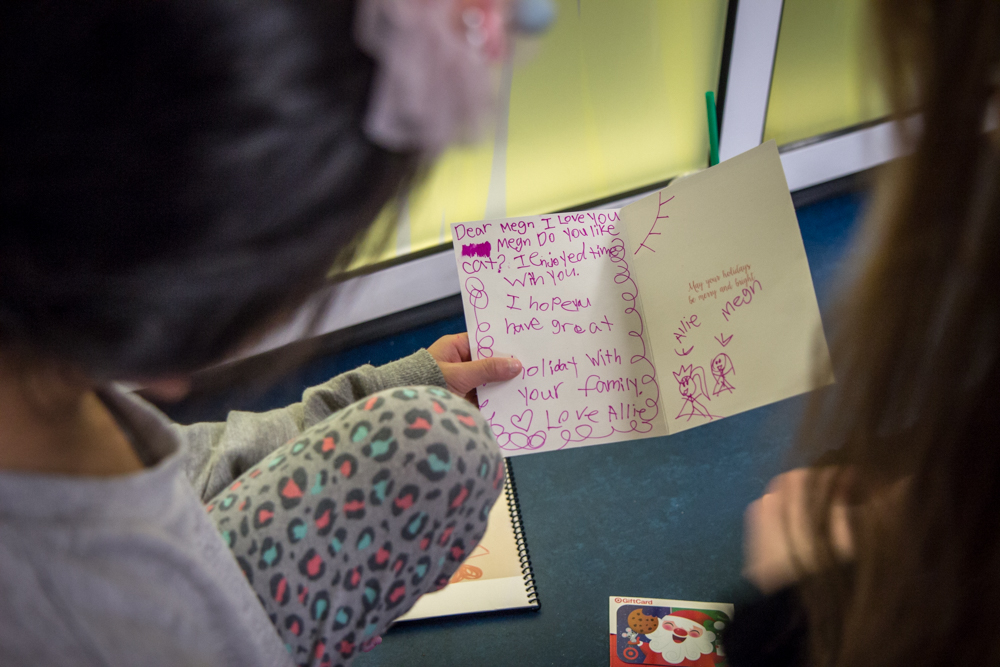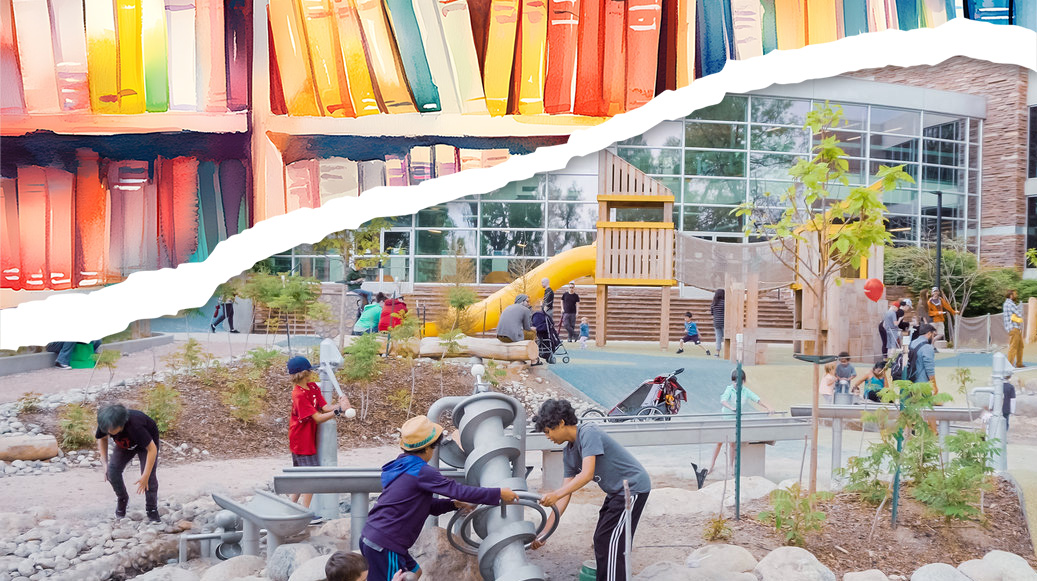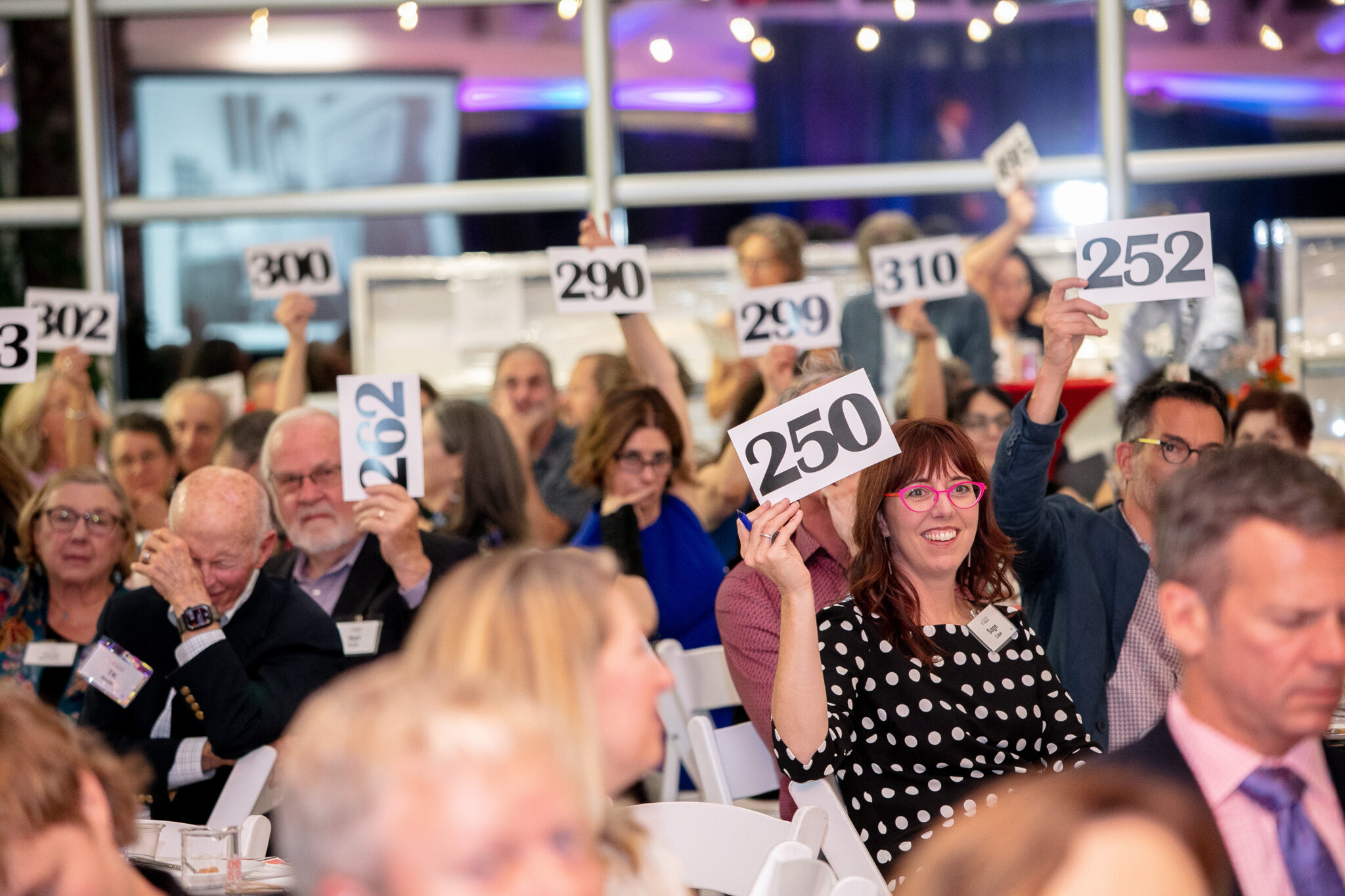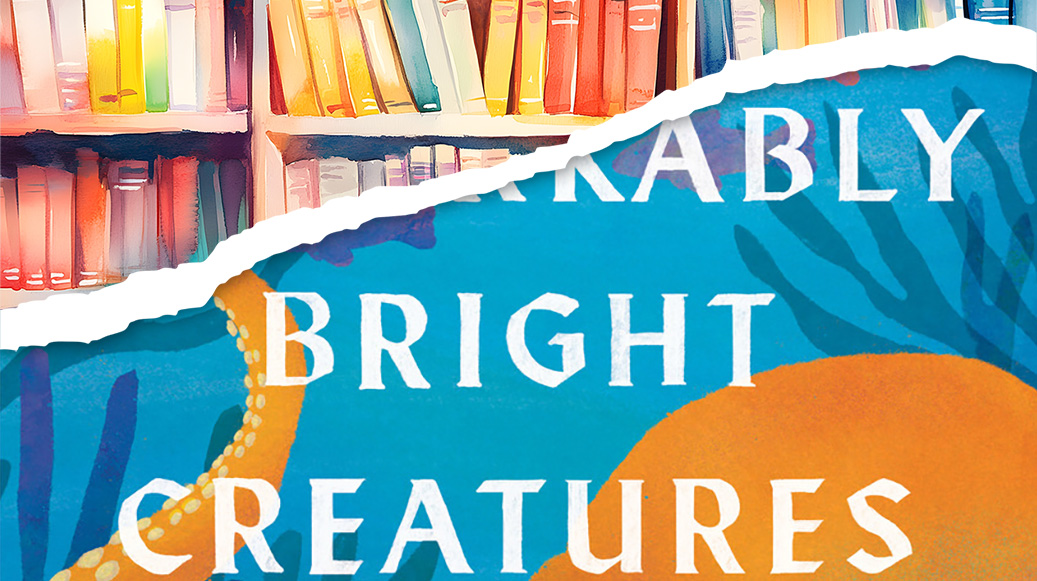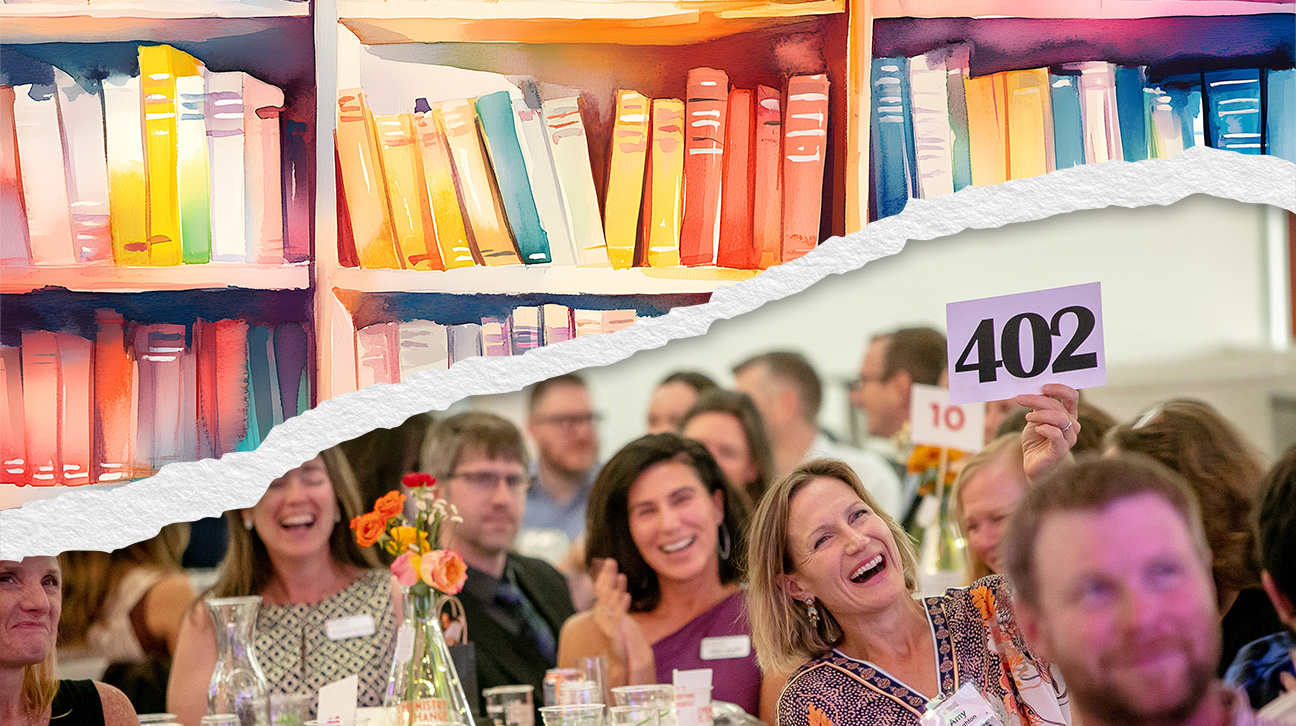Boulder Public Library Director David Farnan recently gave a fascinating keynote speech to Boulder Rotary on the topic of the library’s mission: “Connecting people, ideas & information to transform lives & strengthen our community.“
David became Boulder’s Library Director in 2014, and has overseen the renovation of Main Library and the development of North Boulder Library. He helped lead Boulder Public Library to the Colorado Library of the Year award in 2016.
He has been in public library leadership positions in Colorado, Ohio and Florida for more than 25 years.
In his March 25 talk, David touched on the history of libraries in the United States and in Boulder, and the circumstances that have led to the current consideration of a new library district with a dedicated source of sustainable funding.
“The public libraries in this country have never been about books,” he said. “We’ve always been about reading, literacy and about creating a free and open community gathering place.”
Boulder Public Library receives more than 1 million visitors per year, which is more than 10 visits per capita – the highest visitor rate of any city or metro area library in Colorado. And there are 126,000 library card holders – far more than Boulder’s population – reinforcing its status as a regional library.
“Boulder Public Library has been on a winning streak,” David said. But he was quick to credit the community, rather than the library, for this success.
“If you’re looking for a recipe for Library Soup – what makes a very good library – you’re looking for a very educated community, and Boulder exemplifies that,” he said. “And so they love their libraries and that’s been a boon for us and has allowed us to innovate.”
Meeting our thoughtful and entrepreneurial region’s almost insatiable demand has strained library services for decades. It has led to a decades-long public debate about how to scale and sustain services. In its 2018 Boulder Public Library Master Plan, the Boulder Library Commission endorsed the formation of a library district as the most fair and equitable way to fund the library into the future.
David sought to dispel a couple of myths swirling about the proposed library district:
The taxpayer dollars spent on the library won’t be nearly doubled under the proposal, as some have claimed. Rather, they’ll be expanded from an anticipated $15 million next year to less than $19 million if the district is passed.
The new district’s board of trustees will not be self-perpetuating as some have claimed. Rather they will be appointed by City Council and our County Commissioners.
David also refuted a notion some have claimed, that library use is waning. To the contrary, of the more than 1 million library visits last year, more than 40% were children and families and more than 30% were millennials. “That speaks well of the future of public libraries,” he said.
And despite the pandemic, whose impact caused the city to close buildings and lay off library staff, kids went on a reading binge. Last years’ Summer of Discovery program saw more than 4,000 kids read for more than 2 million total minutes.
“I’m very optimistic about public libraries,” David said. “I know they’re going to succeed in the future. They’ve been around for 150 years. People are frequently predicting its demise. All I ever see is the numbers keep going up and up and up and up and up.”
